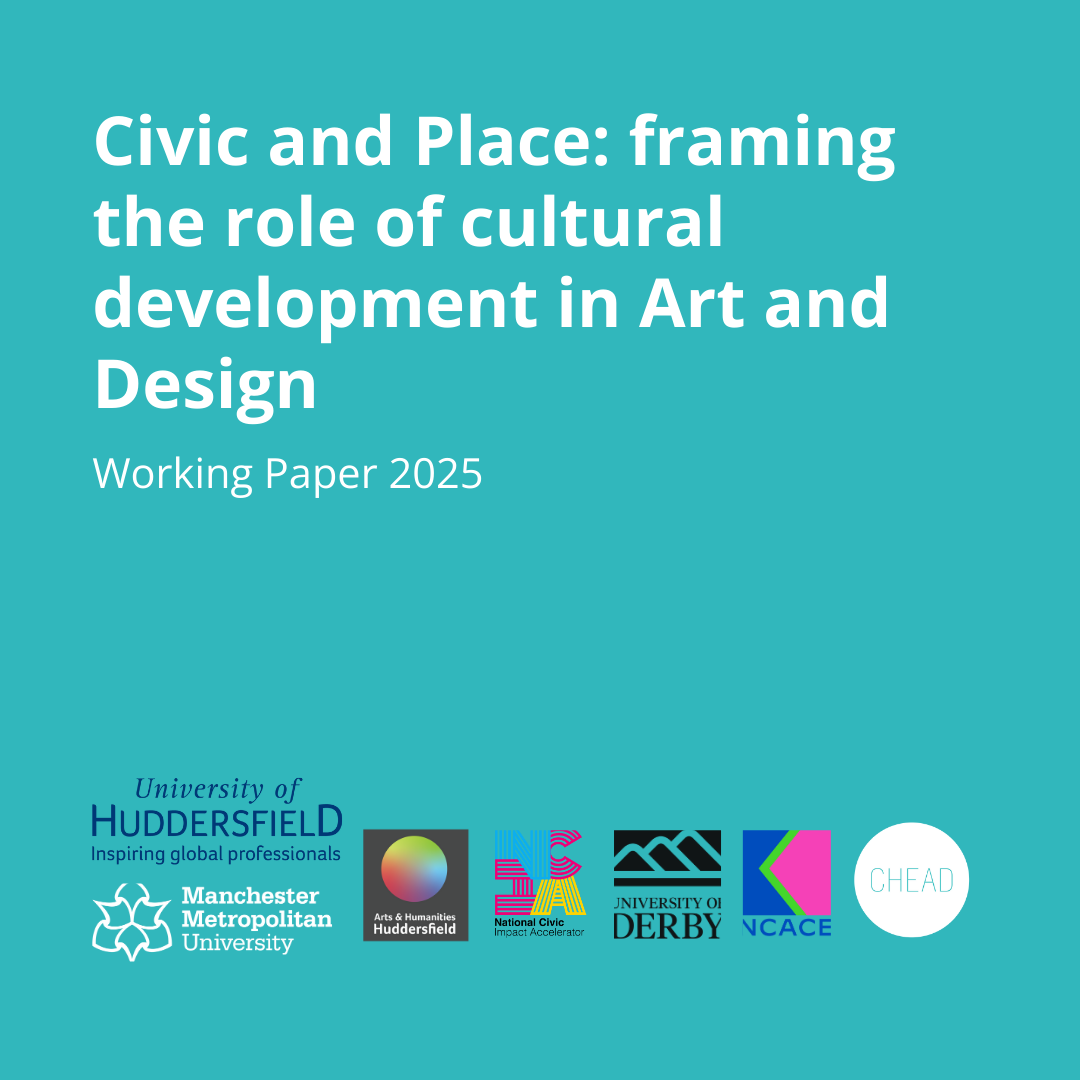Ashleigh Pearson is a qualified ILM coach and a member of UAL’s coaching network. Her current research interests include critical thinking through making and facilitating interdisciplinary, embodied and dialogic thinking spaces in art and design HE. In 2024-25, Ashleigh was a participant in the CHEAD Technical Leadership programme. We invited her back to introduce coaching to this year’s cohort and offer them some tools.
Director of Membership and Operations, Joanie Magill interviewed Ashleigh to discuss coaching and the tools she introduced to the cohort and why they matter.
Why do you think coaching is such a powerful tool for leadership development in general and this programme in particular?
I think coaching itself is a powerful tool, because you are unlocking the thinking in another person. You have more traction if someone owns the problem, can understand it and action next steps, than if you are using more directive approaches.
That’s not to say that directive approaches aren’t required at times. However in my role working with both students and multiple staff teams there’s more access to information, innovation and transformative power by using coaching capabilities to affect change on a grassroots level in day-to-day practice.
If you listen intentionally, understand requirements and needs, and empower others to think through and problem-solve themselves, then you have more potential for things to happen more effectively.
Are there challenges that technical leaders face that coaching works particularly well for?
The coaching mindset provides breathing space between the ask, the action and the solution. There is a moment of sense-making to understand what the real requirements are; as technical leaders we can solve actual problems, not just a symptom of a bigger issue. It’s an integral technical skill for management, but as a technician myself I find it valuable in the pedagogical space, helping students to think through making as well as in how I work with my course teams and immediate technical colleagues.
I’ve seen impact that has far exceeded my job description, partly because the coaching skill base is so expansive and transformative that you can affect spaces that people wouldn’t necessarily thought you could based on your substantive role.
You’ve introduced coaching tools to this year’s cohort. Could you say what they are and why you think they are useful?
I’ve framed my approach within my recent research - looking at what effective 'thinking space' looks like from a technical stance - based on helping people think through process, materiality and making. Essentially, helping others sit with unknowns, and make feasible next steps.
As technical colleagues, we are trained to listen to what’s required, helping others identify and understand problems, to test, prototype, try things out, to go through a process to come out the other side. Assisting someone think well for themselves in a non-hierarchical and non-judgemental space is a powerful way of working together.
The coaching space is one framework that can help explore how we facilitate effective thinking spaces both for students in making environments as well as for colleagues and stakeholders.
So, how do we articulate the skills that we already have in our arsenal? My hope is to show that coaching’s not far from technical practice and pedagogies. If we articulate what we do well and frame it within a coaching mindset, it’s useful for us as technical leaders within the spheres that we operate or where we would like to see impact, change or innovation.
Framing technical skills within the coaching mindset, without undermining the practice of coaching in and of itself, is to break the coaching framework down into manageable tools that can be accessed by new line managers or leaders who are starting their journey, giving them the skills and the capabilities from the outset.
Core coaching skills introduced to the cohort included 'contracting'; how we conduct intentional conversations, how we listen, how we come to the coaching space - checking in with ourselves to understand what we are bringing to the table, not just practically but also physically and mentally. It takes a beat to position ourselves to be mindful and attentive to the other when we’re living in fast paced times and when solutions are required quickly.
A short exercise in listening demonstrated that listening is incredibly difficult. As technical colleagues, we want to jump in with a solution, but the power is in suspending that impulse to help the other understand the problem and for them to then own the actions after that. It takes an adjustment to step into that space and suspend our assumptions to best listen.
We also covered questioning. Questions are formulated in a way to further the understanding we can gain through listening, removing limiting assumptions present. It’s a complete shift in how we conduct conversations.
We also touched on observation, to raise awareness within yourself as to how you’re interacting in conversations and to observe the language used, seeking feedback, checking if what you heard is correct, asking for clarification.
What do you hope participants will take away from the experience?
I often say to my students; don’t leave yourself at the door. Sometimes, when we’re learning new things, there is some synergy with our previous approaches. We don’t acknowledge the power and transformational potential of the conversations that we have on a day-to-day basis with our students. We don’t see how it translates to conversations with our colleagues across teams or stepping in to technical management or leadership roles.
I also wanted to give them the language and resources; to go away to develop the skills further and incorporate within their management practices, even to do the ILM training, or just to use some of the coaching skills during the CHEAD leadership programme. I hope that everyone will benefit from spaces of deep listening and attention to help each other to think well in times of great challenge within the HE sector.


